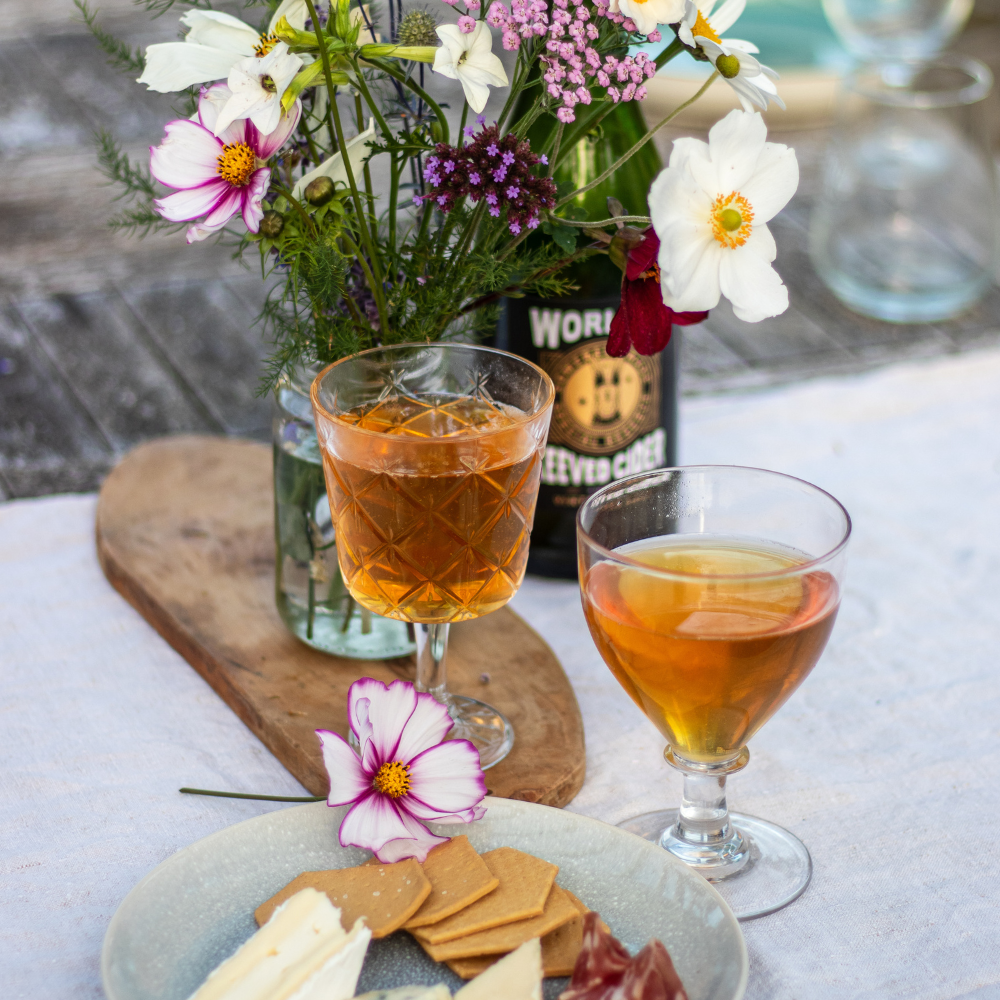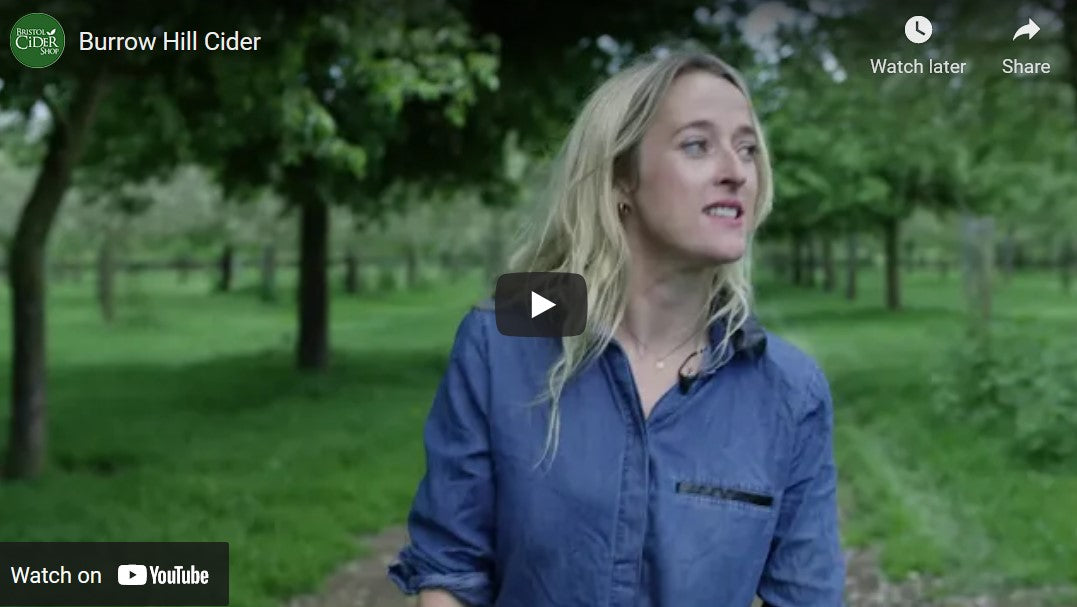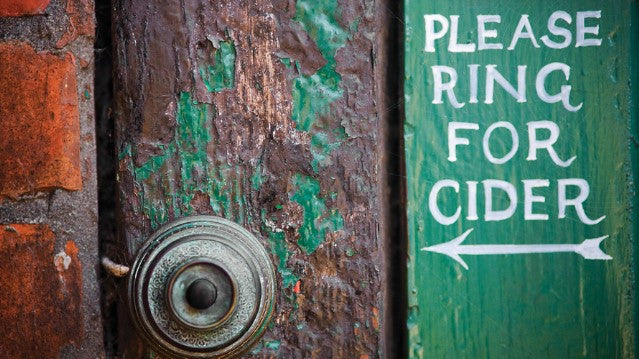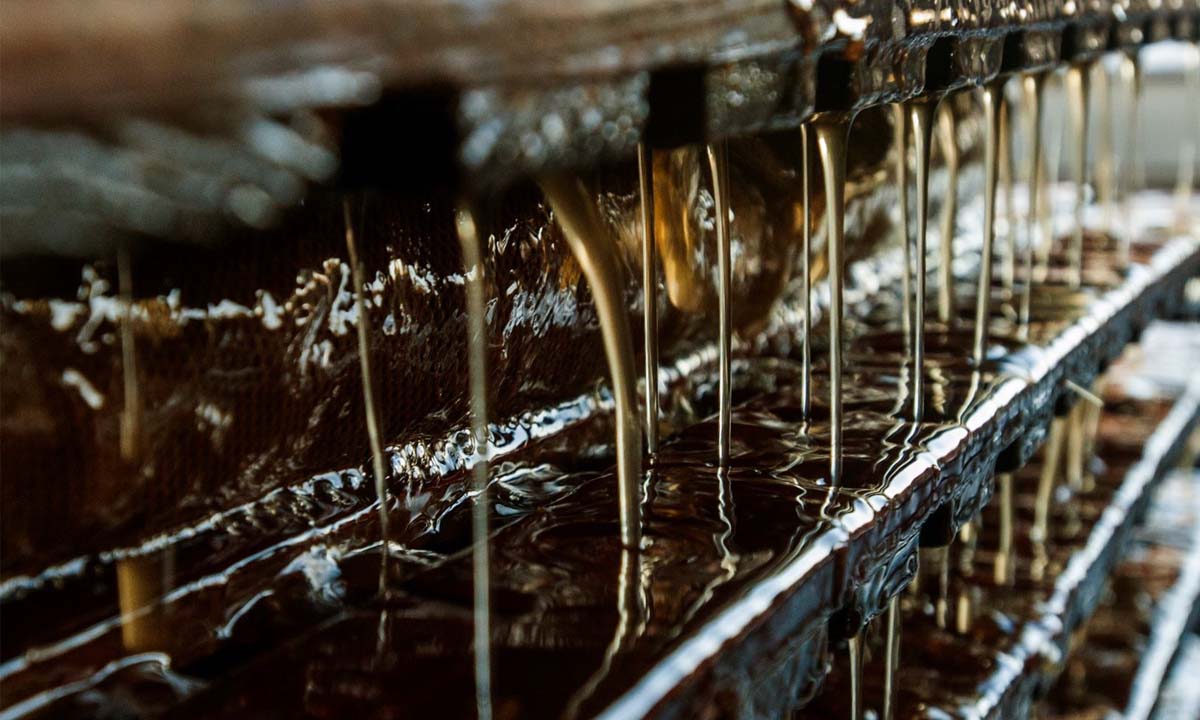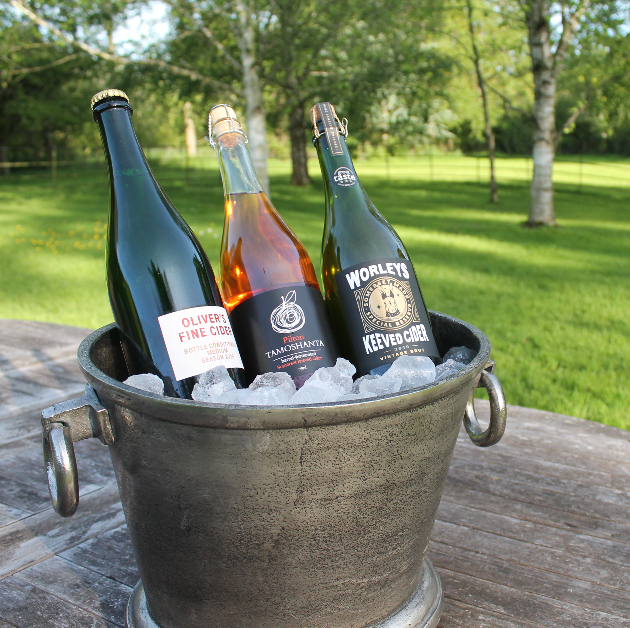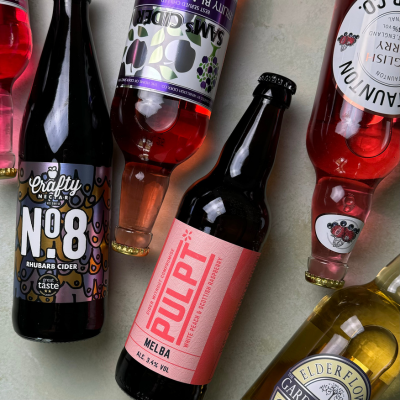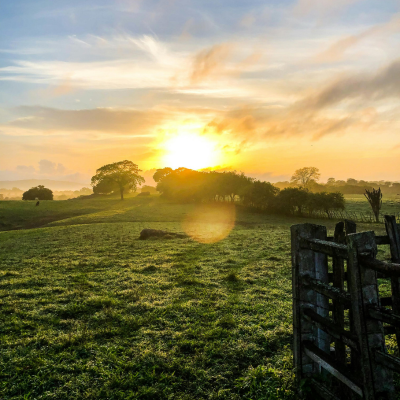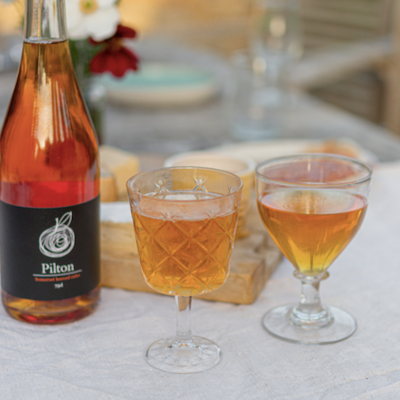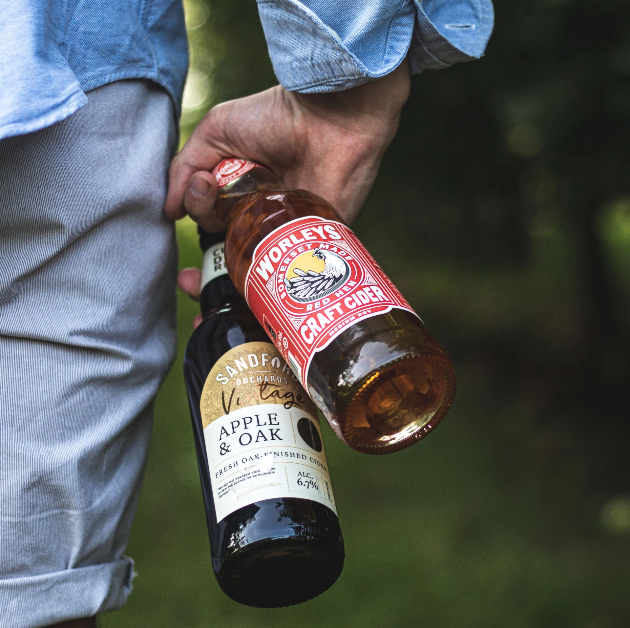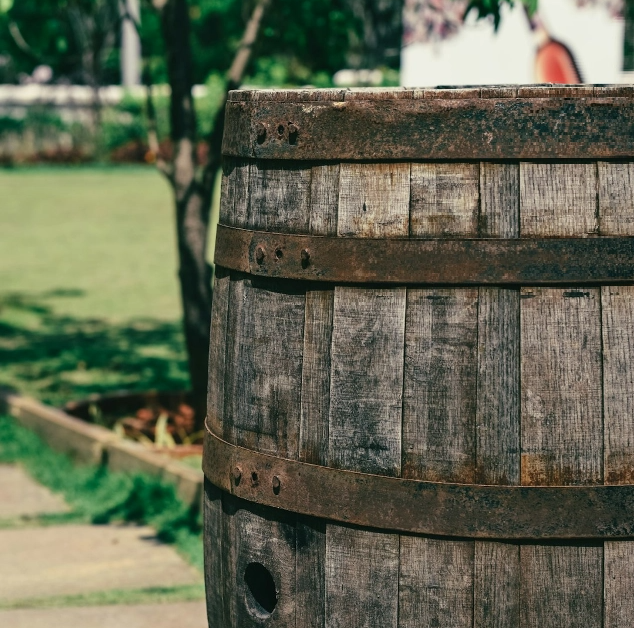About the Orchards
From blossom to bottle in a year...
The cider orchard is a peculiarly English thing. Thriving in the higher rainfall areas of the West of England and the three counties of Herefordshire, Worcestershire and Gloucestershire.
Many cider apple varieties are hundreds of years old and are grown on a very local basis. In fact, 75% of the world’s cider apples are grown in these key areas of the UK, and form part of a unique ecosystem and habitat.
Craft cider is typical made from older, smaller, traditional orchards, often grazed by sheep or cattle underneath. Tall trees, widely spaced, often neglected, with chemicals and sprays avoided where possible. Many traditional orchards even contain unidentified apple varieties, although we know where several have been rescued and returned to useful life after years of neglect.


Wildlife in the Orchard
Traditional cider orchards are special places in nature. Not just from the beauty of their blossoms, to their bounteous harvests, but the habitat role they provide. Their ageing and falling limbs harbour bugs and insects, and provide nesting for birds. Their tranquil alleyways and headlands a home to many wildflowers, their hedgerows home to birds and small mammals.
But most of all, their amazing Spring blossom displays are irresistible to bees of all types – solitary, bumbles, and honey bees. It is vital they are active at blossom time, to pollinate the flowers, which will create the apples for fruit and eventually cider.
Growing cider apples
Cider growers pray for cold weather – the trees need a number of chill hours, to blossom the following Spring. Mild winters give small blossom displays, so much smaller apple and juice crops.
Once pollinated in May, the fruitlets develop, and in June a natural phenomenon called ‘June Drop’ occurs, where the trees shed a number of these applets so as not to overburden the trees with too big a crop. A mixture of sun and rain is welcome all Summer long – to swell the apples and create good sugar levels and colour.
Harvest begins in mid September and runs into November. Traditionally picked by hand or shaken off the tree, increasingly degrees of mechanisation to shake and collect the apples are used. They are then washed, “scratted” – which means chopped up – and pressed until the juice runs free. It is then fermented in tanks to make cider for the following Summer.


Cider apple varieties are very different from eaters – bitter and typically inedible off the tree, they're floury and everything you wouldn’t want compared to a nice dessert apple. So take care should you go a scrumping in Autumn!
From wonderful varieties like Dabinett, Kingston Black, and Yarlington Mill, to amusing old names like Slack ma Girdle, Foxwhelp and Brown Snout, all speak of heritage hundreds of years old, passed down much unchanged in growing and making.
With many traditional orchards and cider farms open across the country, we highly recommend a visit to take a look into the world of craft cider firsthand.

